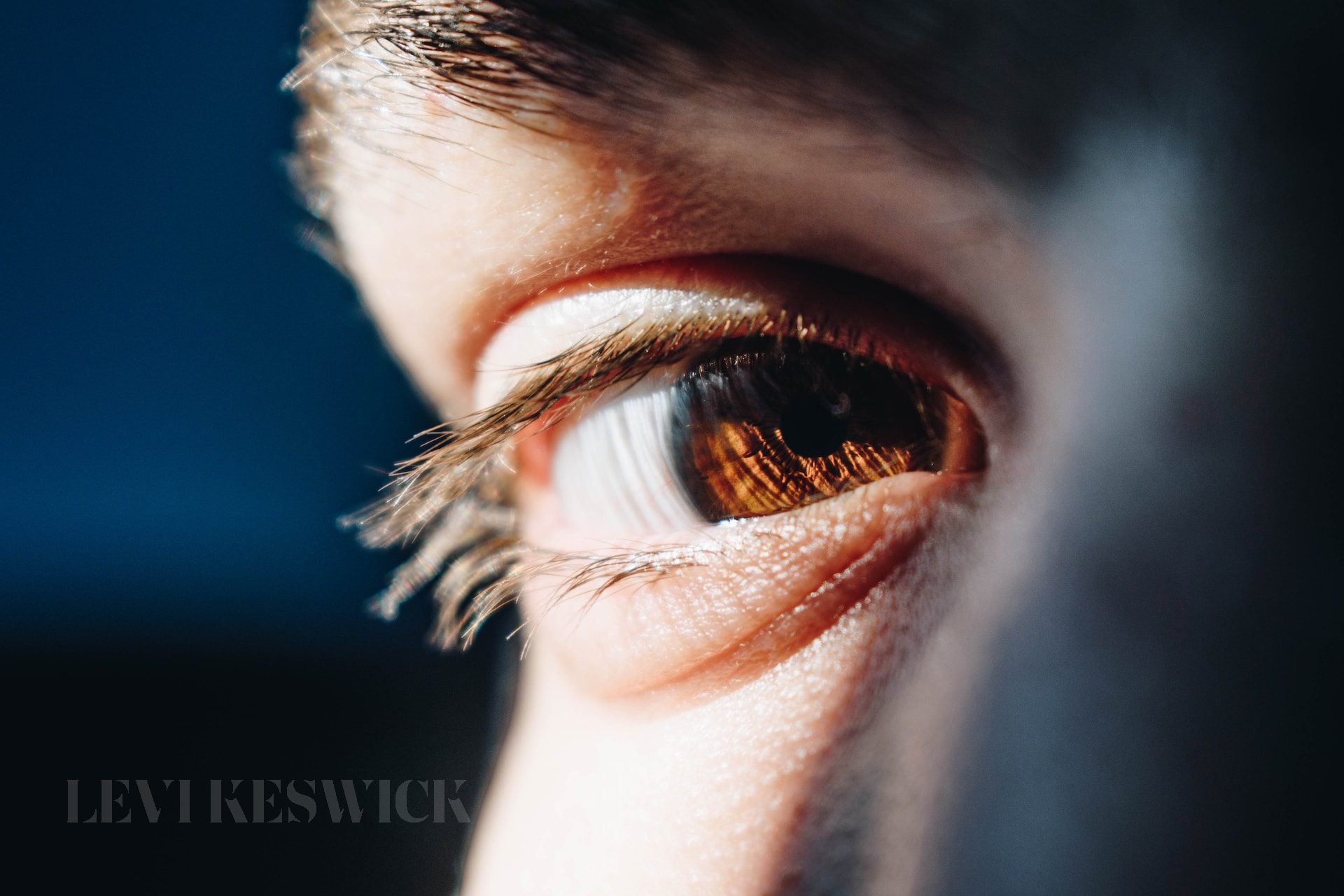Key Takeaways:
- The human eye is the second most complex part of our body, exhibiting intriguing functionalities.
- An eye’s length determines the clarity of our vision.
- Only one-sixth of the eye is exposed to the outside world.
- An eye holds more unique traits than a fingerprint, reinforcing its importance in security protocols.
- Despite the popular belief, 20/20 vision isn’t perfect; it’s considered normal.
The Splendid Complexity of the Human Eye
Our eyes aren’t just the window to the soul; they’re complex organs providing us with the unique ability to perceive and interact with our surroundings. More than being an essential tool for vision, the human eye can serve as a health barometer, signaling potential issues related to diabetes, high blood pressure, and even autoimmune diseases.
Indeed, the phrase “Does your eye have quartz?” has been used metaphorically to denote the eye’s complexity, mirroring the intricate structural properties of quartz crystals. But what exactly does this mean, and how does it relate to our eye’s functioning?
Unraveling the Quartz Connection
Quartz, one of the most abundant and varied minerals on earth, is revered for its unique piezoelectric properties, meaning it can generate an electric charge in response to mechanical stress. Though the human eye does not literally contain quartz, the metaphor draws a parallel with the eye’s multifaceted nature and ability to respond to various stimuli, much like quartz.
So, while it’s not accurate to say your eye has quartz in a literal sense, the comparison underscores the remarkable intricacy and adaptability of our visual system.
The Functional Wonders of the Human Eye
It’s fascinating to note that our eyes are second only to the brain when it comes to complexity. This complexity is evident in numerous ways, such as the eyes’ sensitivity to light, color perception, and ability to perceive depth and movement. Consider the following intriguing facts:
- Your Eye, the Security Expert: Our eyes contain 256 unique traits, six times more than a fingerprint, explaining why retina security scans are often preferred in high-security scenarios.
- A Vision of Precision: The length of our eye is a determinant of our visual acuity. This physical attribute dictates whether light entering the eye correctly focuses on the retina, thereby influencing how clear our vision is.
- Involving Half the Brain: The act of seeing isn’t just an optical process; it involves over 50% of our brain to interpret and make sense of the information received from our eyes.
Common Misconceptions and Eye Health
Contrary to popular belief, having 20/20 vision doesn’t mean your vision is perfect. Instead, it signifies that you have normal vision, seeing what an average person sees from 20 feet. Furthermore, while our eyes have over 2,000,000 working parts, they do not possess a digital camera-like megapixel count. The human eye functions differently than a camera, and the two cannot be accurately compared using this measure.
Maintaining eye health is essential, which includes routine eye exams to catch any potential issues early and protecting our eyes from harmful UV light.








